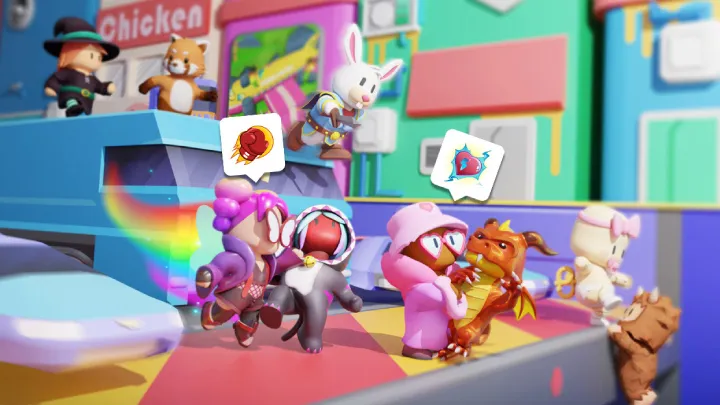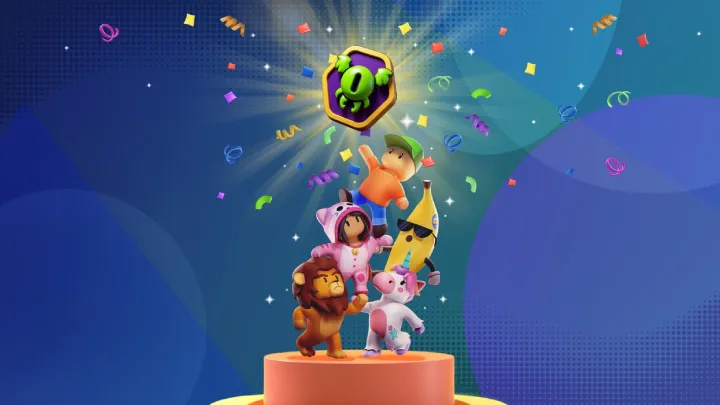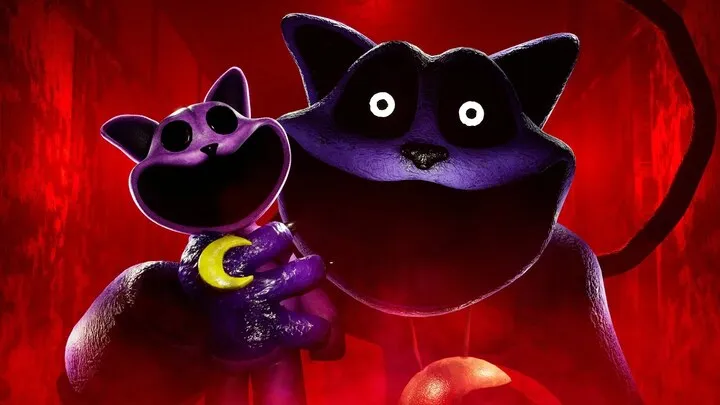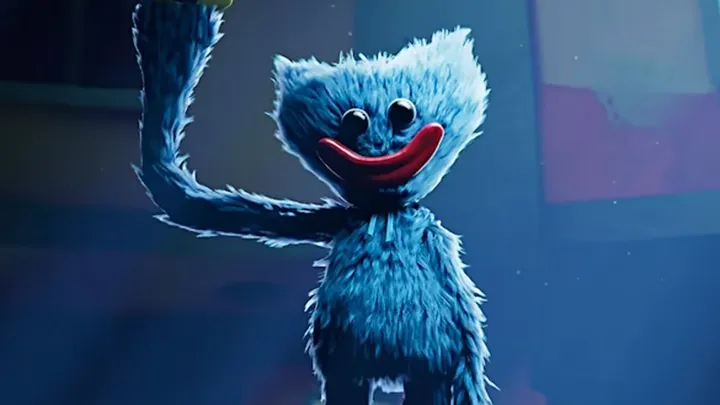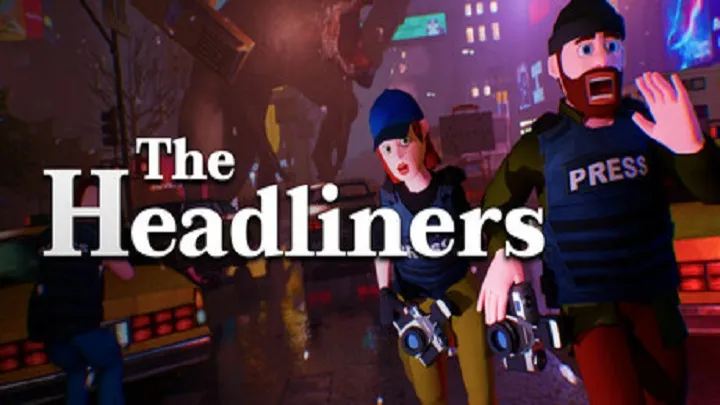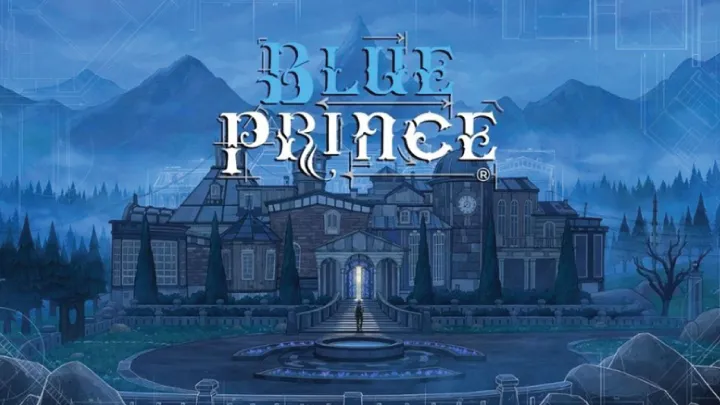A Mansion of Memories and Shadows
In the realm of horror games, the haunted house trope is a timeless classic. But in a game like House of Lost Souls, the concept is taken to a new, psychological level. This is not a game about cheap scares and frantic chases. Instead, it is a slow-burn, narrative-driven experience that uses its unsettling environment to tell a deeply personal and tragic story. The premise is elegantly simple: you are an individual returning to their ancestral home, a place of painful memories and forgotten secrets. The house is not just a setting; it's a character in its own right, a silent witness to a dark history that is now ready to reveal itself.
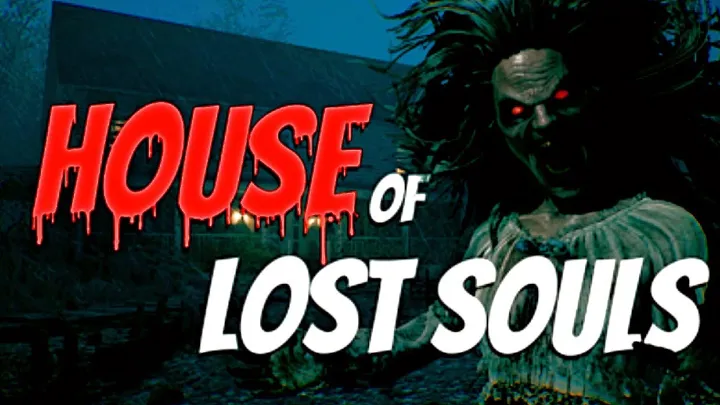
The game's atmosphere is its most powerful tool. The house feels lived-in and forgotten all at once. Dust motes dance in shafts of moonlight, furniture is shrouded in old sheets, and every floorboard creaks with the weight of its history. The horror is built on a foundation of unease and dread, with a minimalist approach to sound design that makes every distant whisper, every sudden gust of wind, and every unexplained knock feel like a direct threat. The game masterfully manipulates the player’s perception, blurring the line between the supernatural and the psychological. Are those apparitions real, or are they a manifestation of your own guilt and trauma?
The Echoes of the Past: Puzzles and Narrative
What sets House of Lost Souls apart is its masterful integration of puzzles and narrative. The game is not a simple walk-through; it is a series of interconnected challenges that require players to delve into the house's past. Each room is a piece of a larger puzzle, a stage for a memory that needs to be unlocked. You might need to find a specific key to open a locked drawer, but to find that key, you might need to solve a cryptic riddle hidden in a family portrait. The puzzles are not arbitrary; they are woven into the very fabric of the story, with each solution revealing a new layer of the house's tragic history.
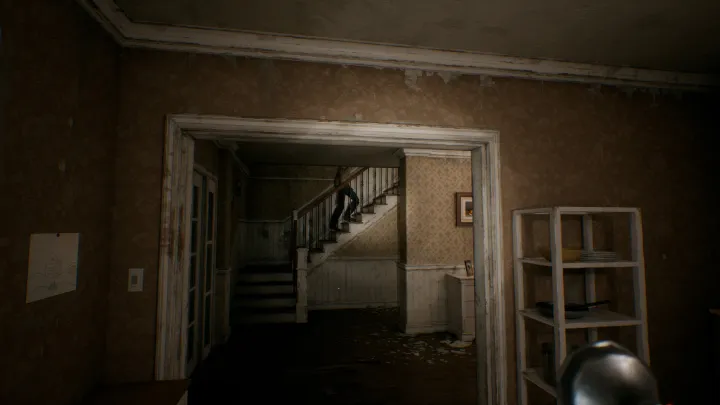
The Power of Environmental Storytelling
The game's narrative is told almost entirely through environmental storytelling. Players piece together the story by examining old photographs, reading dusty journals, and interacting with objects that seem to hold the echoes of the past. The player's journey is not just about survival; it is about uncovering a truth that has been buried for years. The more you explore, the more you learn about the family that once lived there, their relationships, and the tragic events that led to their demise. This method of storytelling is deeply rewarding, as it gives players a sense of discovery and a personal connection to the characters and their fates.
The ghosts in the house are not just monsters to be feared; they are manifestations of unresolved trauma. They are the lost souls of the title, and their appearances are tied to the player's progress in uncovering the truth. The game uses these encounters not just for scares, but for emotional impact. It is a horror game with a heart, one that is as much about confronting a personal past as it is about escaping a haunted present.
A New Chapter in Horror
House of Lost Souls represents a bold new direction for the horror genre. It is a game that values story and atmosphere over cheap thrills, proving that psychological terror can be far more effective than overt violence. The game’s focus on puzzles, its rich narrative, and its masterful use of its environment create an experience that is both chilling and deeply memorable. It's a game that respects the player's intelligence, challenging them to not only survive the horror but to understand its source.
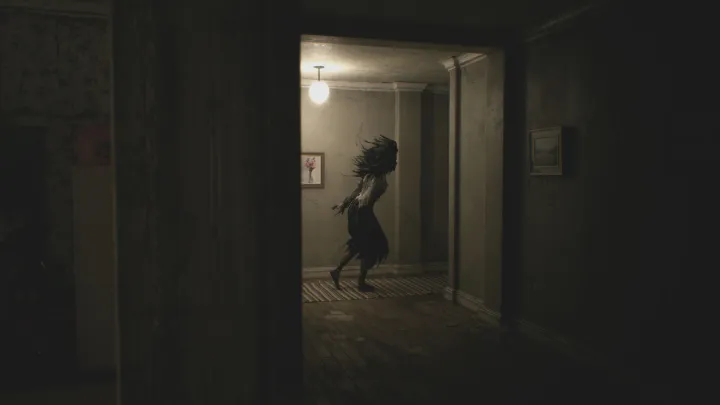
The future for a game like this would be filled with possibilities. The potential for new chapters, new wings of the house to explore, and new mysteries to uncover is immense. Each new update could introduce new ghosts, new puzzles, and new layers of the story, ensuring that the house's secrets are never truly exhausted. In a world full of monsters and mayhem, House of Lost Souls stands out as a powerful reminder that sometimes, the most terrifying thing of all is the truth that lies buried in the past.










